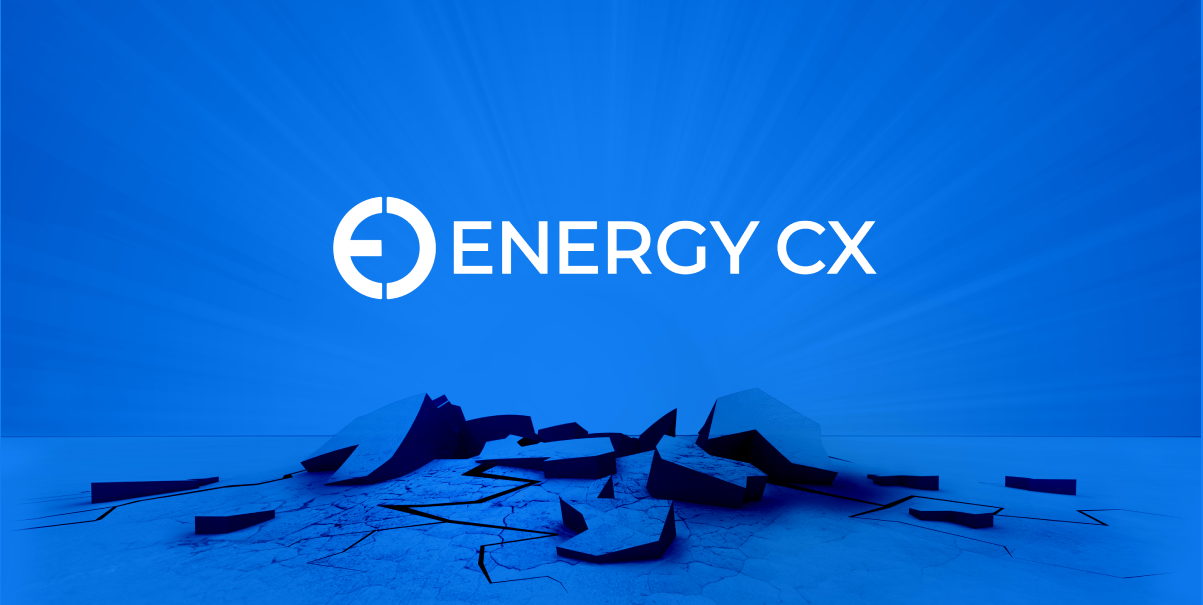Is Now the Time to Lock in Low Energy Rates?
If you’ve been watching energy markets, you’ve probably noticed that natural gas prices are at their lowest point in years—but does that mean it’s time to lock in rates, or should you hold out for even lower prices?
Businesses that wait too long often miss the best opportunities. Let’s break down what’s happening in the market and what you should consider before making your next energy purchasing decision.
Why Energy Prices Are Low Right Now
Several factors have contributed to the current dip in energy prices:
- Mild summer demand: The U.S. didn’t experience extreme heat waves, keeping electricity demand for cooling lower than expected.
- High natural gas storage levels: Storage is nearly 6% above the five-year average, reducing fears of shortages.
- Strong production output: U.S. natural gas production remains at near-record highs, ensuring supply isn’t an issue.
With these factors in play, energy costs have remained stable—but will they stay that way?
Natural Gas Prices:
.png?width=650&height=382&name=unnamed%20(34).png)
The Risk of Waiting Too Long
While today’s market conditions seem favorable, prices can turn quickly. Here’s what could drive an energy price surge:
- Colder-than-expected winter: Heating demand could spike, pulling natural gas inventories down faster than expected.
- Geopolitical risks: Energy supply chains are global. Any disruption in LNG exports or conflicts in key regions could impact pricing.
- Pipeline congestion: Even if supply is strong, pipeline constraints in high-demand areas can cause localized price spikes.
If you wait too long and market conditions shift, you could find yourself paying significantly more than today’s prices.
How to Make the Right Energy Purchasing Decision
Instead of trying to predict the market, businesses should focus on timing and strategy:
- Lock in partial volume now – Secure a portion of your energy at today’s lower rates while keeping flexibility for future adjustments.
- Evaluate risk tolerance – If your budget depends on cost certainty, a fixed contract now may be the best move.
- Monitor market signals – Work with experts who track market movements and can advise when conditions start to shift.
Bottom Line
Energy prices are low today, but that doesn’t mean they’ll stay that way. A smart energy strategy isn’t about finding the absolute lowest price—it’s about securing the right price at the right time.
Waiting for the market to drop further is a gamble—one that could cost businesses thousands if prices rise unexpectedly. The key question is: Do you have a strategy, or are you just hoping prices won’t go up?


.png)
